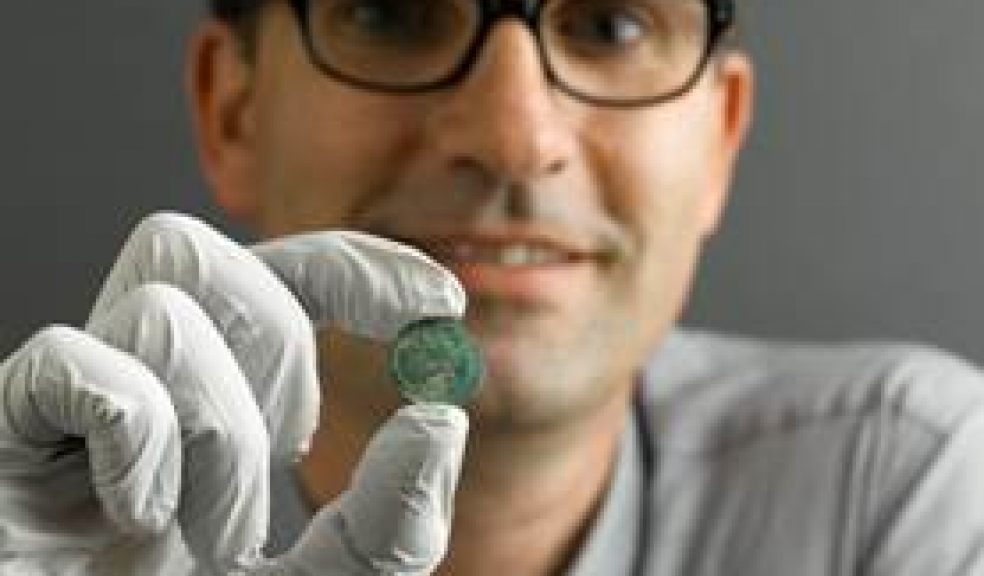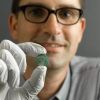
Entire Seaton Down Hoard on public display for first time
On Saturday 1 July, the 22,888 coins of the Seaton Down Hoard will be on public display for the first time.
The coins were buried in the ground on Seaton Down around AD 350 and discovered in November 2013 by metal detectorist Laurence Egerton. They will be on permanent display in the Making History gallery at Exeter’s Royal Albert Memorial Museum & Art Gallery (RAMM).
Conservation work began on the coins in July 2016. Talks, Roman Roadshows, museum events, special workshops, gallery tours and other events have been enjoyed by over 15,000 people from Devon and further afield. The Roman Roadshow has visited 46 schools in the region, helping 4276 children to explore the hoard. Almost 100 volunteers have helped clean Roman coins for the display in RAMM.
People who have had the opportunity to see some of the coins close up include students from Seaton Primary School, Colyton Grammar School and the University of Exeter, volunteers from Thomson Reuters and metal detectorists.
At a Seaton Down roadshow in Ottery St Mary Mr Peter Harris brought along a coin he found on a beach in Tripoli where he was serving in the army during the Second World War. RAMM’s Assistant Curator Tom Cadbury was able to find an identical coin from amongst Seaton Down Hoard.
The Hoard contains more than 1,000 different coin types of different ages ranging from AD260 to 348, mainly nummi. They were made in different places across a wide area including the present day Egypt, Syria, Greece, Italy, Croatia and London. The coins would have been accepted in countries across the Roman Empire. Each coin tells a slightly different story and these stories build up into a fascinating picture of life in the Roman world.
The coins would have been of similar value to a present-day pound coin, and in much the same way as today, around five percent of the coins were fakes.
In Roman times, the coins would have been the only means of regular mass communication. They contained propaganda messages such as Gloria Exercitus, meaning ‘the army will protect you’.
The coins also contain symbols and messages indicating that Christianity was beginning to be accepted by the Romans.
Camilla Hampshire, Museum Manager said “We’re so pleased to have the Seaton Down Hoard on permanent display. Thousands of people have taken part in workshops to learn about the coins and help with their conservation and we look forward to welcoming those people to the museum. These amazing coins will be at RAMM for generations to enjoy, wonder at, and be inspired by.”
Thanks to a grant from the Heritage Lottery Fund and generous donations from Pat and Sally Long, Clinton Devon Estates and many members of the public, the coins have been conserved and will be displayed alongside RAMM’s other Roman objects.
The Seaton Down Hoard will be on public display in RAMM’s Making History Gallery from Saturday 1 July.
Image: Curator Tom Cadbury with a coin from the Seaton Down hoard.













